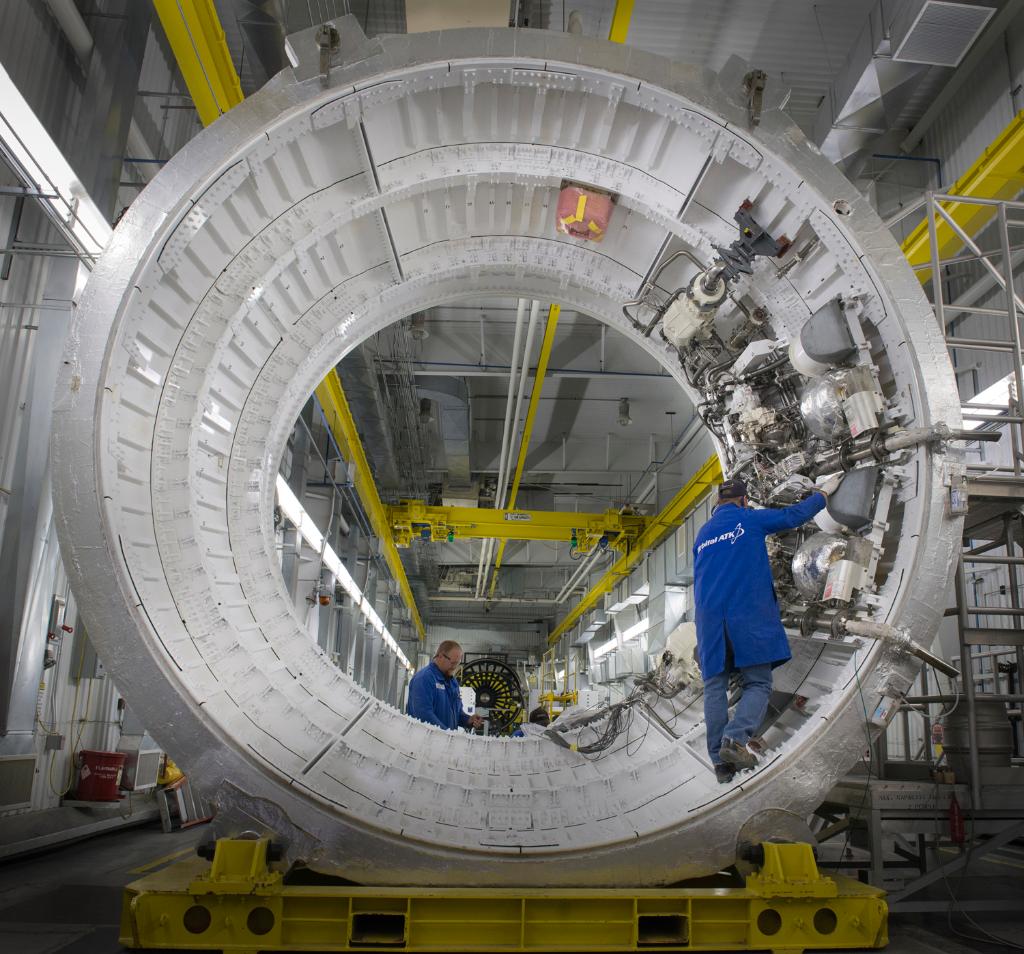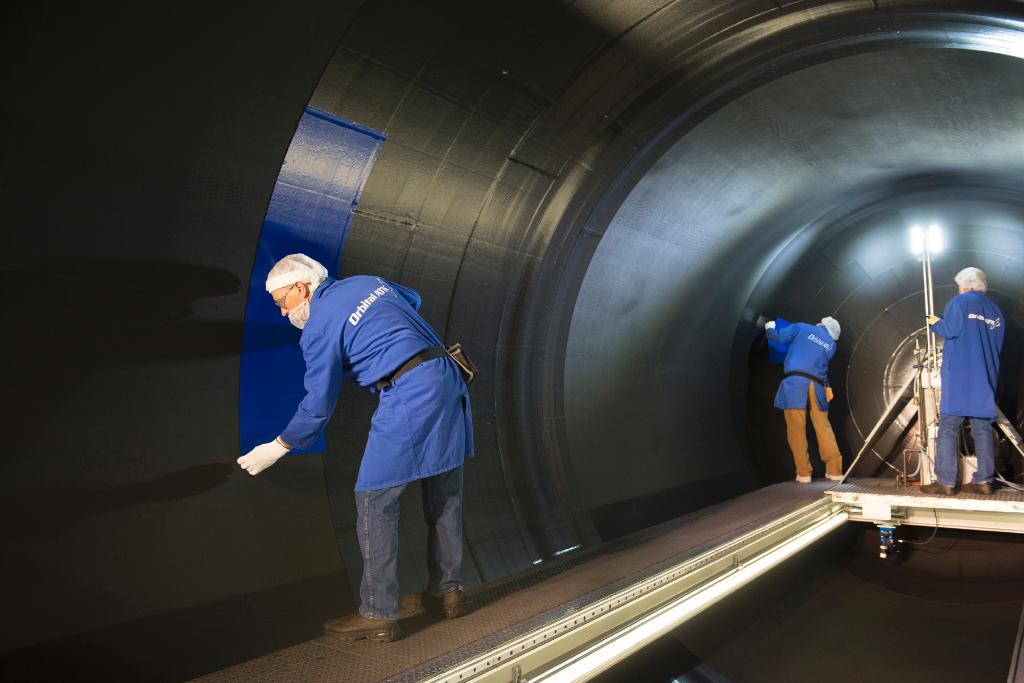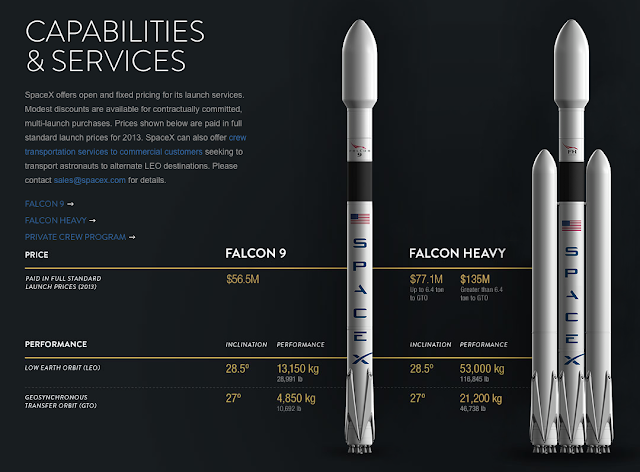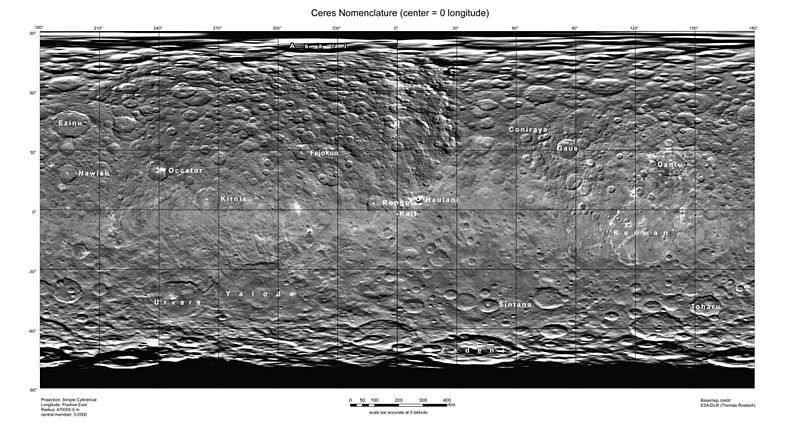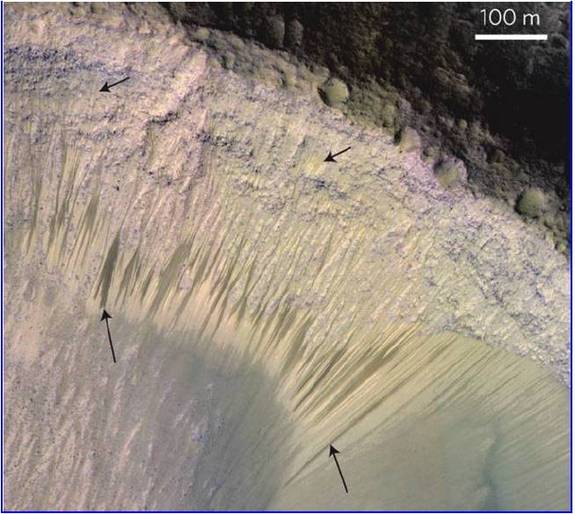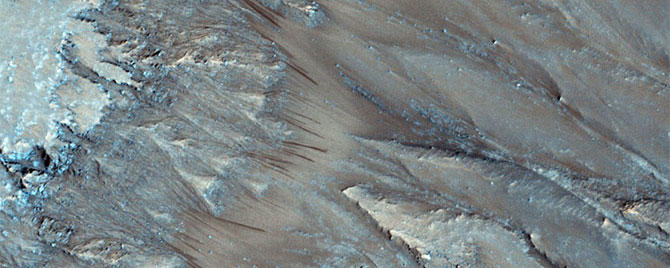ScienceRocks
Democrat all the way!
- Thread starter
- Banned
- #1,141
Animation Shows Topography on Ceres | Planetary Science Institute
PSI’s David O’Brien made this Ceres topographic globe animation.
This color coded map from NASA’s Dawn mission shows the highs and lows of topography on the surface of the dwarf planet Ceres.
The color scale extends 3.7 miles (6 kilometers) below the surface in purple to 3.7 miles (6 kilometers) above the surface in brown. Bright “white” features do not represent elevation.
http://economictimes.indiatimes.com/...w/49051138.cms
"Mars (mission) is expected to last for many years now, because it has gone through solar conjunction also; so we don't see much of a problem," ISRO Chairman AS Kiran Kumar told reporters here.
"We had planned it only for six months. Then we were not expecting so much fuel to remain after we completed our insertion activity," he said.
Pointing out that about 35kg of fuel was still left, he said, "There is still a lot of fuel... all other subsystems are working fine and so far ..







